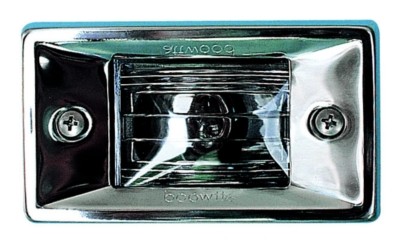For regulatory and safety reasons, boats, whether motorised or not, are required to be equipped with a navigation light or a stern light. There are many types of equipment in this category, of which there are at least ten. Moreover, each model is intended for a specific location and use, as in the case of the stern light.
Essential for certain models
As a navigation light, the stern light is one of the essential safety equipment for certain models of boat, whether motorised or not.
As far as motorised boats are concerned, the use of a stern light is compulsory for boats longer than 12 metres. It is optional, but recommended, for boats under 12 metres, which can make do with side lights and a light visible over the entire horizon.
The same applies to sailing boats over 7 metres in length, which cannot do without this navigation light and the side lights. This means that boats under 7 metres, as well as canoes and kayaks, can do without it and replace it with a white light or an electric lamp. The aim is to have a tool to signal their position or to prevent a collision.
Where should a stern light be installed?
In marine terms, the stern is the rear part of the boat. So, unlike the port or starboard light on the left or right bow, the stern light should be installed at the back of the boat.
As close to the stern as possible, according to the experts, this choice provides the best angle of illumination, which should reach 135°. It also allows light to be projected at an angle of 67.5° from each side.
In this regard, you should be aware that this navigation light should be white in colour and continuously diffused.
Pay attention to the range
As required by Rules 22, 23 and 25 of the International Regulations for Preventing Collisions at Sea (RIPAM), the lighting of a boat is mandatory and must be used correctly. The idea is to prevent accidents and facilitate navigation by ensuring better visibility of the position of a boat and that of others. Hence the importance for navigators to interpret and use navigation lights properly.
The stern light is no exception to this rule. The fact is that apart from its positioning, angle of illumination and colour, the range of the navigation light must also be taken into account. No more than 2 miles to be precise, whether it be for boats under 12 metres or over 50 metres.
Moreover, you should know that this range varies according to the nature of the navigation light, if only to list the side lights evolving between 1 and 2 miles or the masthead light between 2 and 5 miles.






